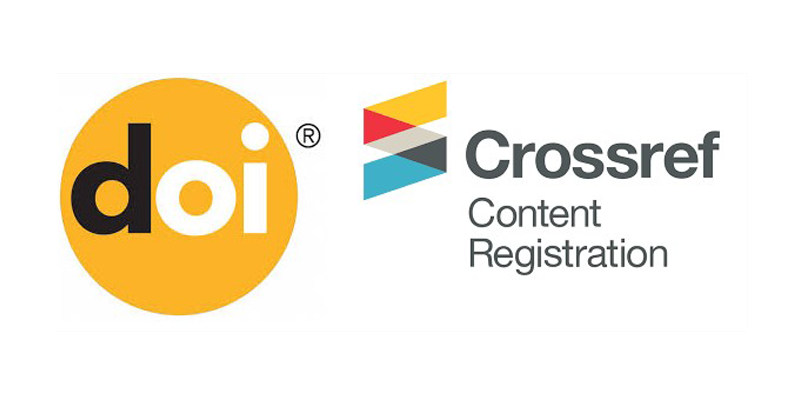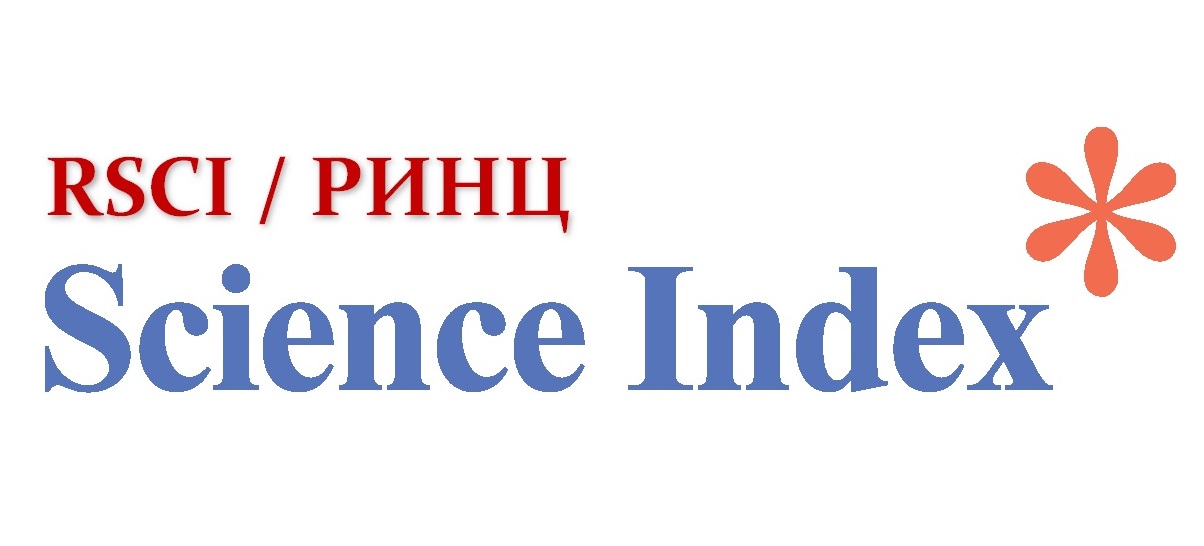Features of morphogenetic processes of the cells of the potato
Views: 40 / PDF downloads: 15
DOI:
https://doi.org/10.32523/2616-7034-2020-130-1-23-30Keywords:
potatoes, direct regeneration, indirect regeneration, еxplant, in vitro, callusAbstract
The importance of choosing the right combination of growth regulators to enhance in vitro regeneration is well known. The object of the study are two varieties of potato from local breeding: Astanalyk and Kunaev Monument. The studied cultivars differed in callus formation and plant regeneration abilities in vitro culture. According to the results of the experiments, for direct regeneration the MS medium containing gibberellin 10 mg/L of, trans-zeatin 1.0 mg/L and indolylacetic acid 0.1 mg/L was most effective. The callus induction ability in stem explants was 100% in both varieties, where the nutrient medium contained kinetin 0.5 mg/L and 2,4-D 2.0 mg/L, or kinetin 2.0 mg/L with 2,4-D 1.0 mg/L. The callus formation frequency of stem explants on the medium containing BAP 0.5 mg/L and 2,4-D 2.0 mg/L for the cultivars Pamyatnik Kunaeva and Astanalyk was 68.0% and 43.0%, respectively. It was revealed that the optimal medium for microtuber formation was the variant II containing the composition of kinetin and ascorbic acid, 0.5 and 1.0 mg/L respectively. According to the results of studies, it was revealed that the cultivar Astanalyk has a high regenerative ability in an in vitro culture, as well as the optimal environment for the formation of micro-tubers.








